Top Things to Know Before Buying Flower Bed Designs For Your Front Yard
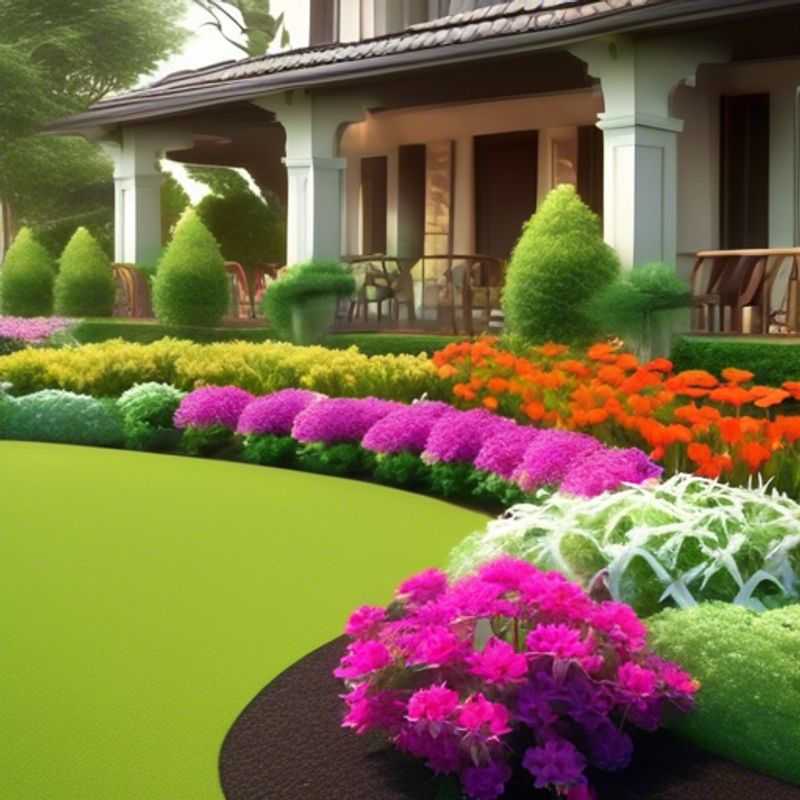
The Essential Guide to Front Yard Flower Bed Designs: Style, Size, Maintenance, Sunlight, Variety, Seasonal Appeal, and Finishing Touches
Creating a beautiful and functional flower bed in front of your house is a fantastic way to enhance curb appeal and enjoy nature's beauty. But before you dive into the design process, there are some essential things to consider to ensure your flower bed is both visually stunning and sustainable.
Consider the overall style and architecture of your home when choosing flower bed designs. A contemporary home might call for clean lines and geometric shapes, while a traditional home might suit a more classic, rounded design. Harmonizing your flower bed with your home's architectural style creates a cohesive and visually appealing look.
Measure the available space and choose designs that fit the dimensions.
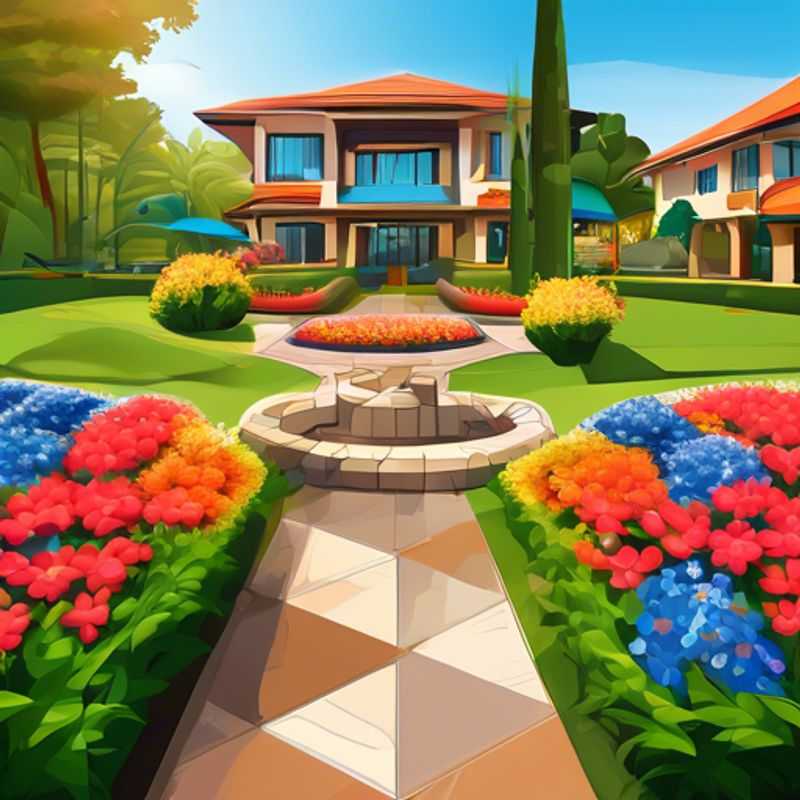
Matching Your Flower Beds to Your Home's Style
When deciding on flower bed designs, consider the overall style and architecture of your home. This can be achieved in a variety of ways, such as matching the bed's shape to the home's lines, or using plants that complement the existing colors of the house. By creating a sense of unity between your house and garden, you create a more cohesive and visually appealing landscape.
For instance, if your home has a Victorian style, consider rounded beds with soft edges. If you have a more contemporary home, straight lines and geometric shapes in your flower beds can create a modern, minimalist aesthetic.
Always remember that you can incorporate design elements that mirror your home's existing features, like using stonework for edging if your house has stone accents, or using the same color palette in your flower bed as in your home's exterior.
It is important to note that the cost of materials and labor can vary significantly depending on the complexity of the design and the size of the project. The cost of plants, soil, and other materials can also fluctuate, depending on the types chosen. Also, consider the cost of maintenance, which may include regular weeding, fertilizing, and watering.
For a more economical approach, consider using locally sourced materials and plants. This will often be cheaper than purchasing from large garden centers or nurseries. Additionally, choose plants that are low-maintenance and drought-tolerant. These plants require less water and fewer fertilizers, saving you money in the long run.
For further research, consider looking at online resources, magazines, or books dedicated to landscaping and flower bed design. Remember, the key to successful flower bed design is to create a visually appealing space that complements your home's style and your personal taste.
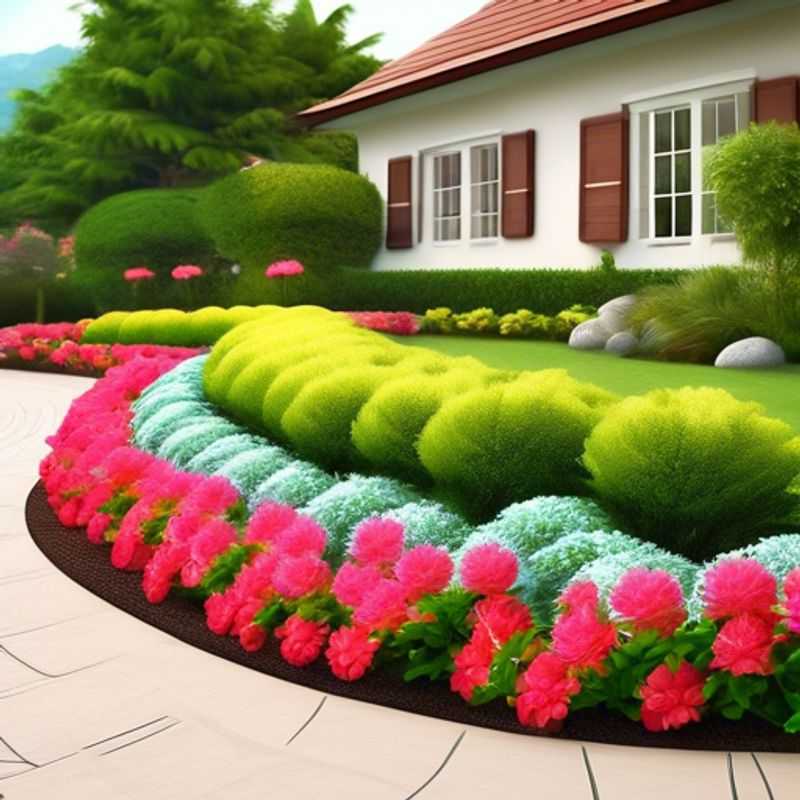
Measure Twice, Design Once: Fitting Your Project to the Space
Before you even start thinking about the design, you need to know exactly what you're working with. Measure the space where your product will be placed. This includes not just the length and width but also the height, any potential obstacles, and the shape of the space. Consider the clearance needed for opening doors, drawers, or other mechanisms.
Once you know the dimensions, you can start sketching out different design ideas. Prioritize functionality. How will your product be used? What needs to be accessible? How can you maximize efficiency while minimizing wasted space? Don't forget about safety. Will your product be used in a high-traffic area? Are there any potential hazards to consider?
Keep it simple. Complex designs can be expensive and difficult to manufacture. If you can achieve the same functionality with a simpler design, go for it. Think about the materials. Some materials are more sustainable and easier to work with than others. Consider the weight and strength of your chosen materials.
Don't be afraid to ask for help. There are plenty of resources available online and in your community. A good design will save you time, money, and headaches in the long run. Remember to budget. You'll need to factor in the cost of materials, labor, and any necessary permits. Consider the long-term. A well-designed product will last longer and need less maintenance. A good design can help you create a product that is not only efficient and safe but also sustainable and aesthetically pleasing.
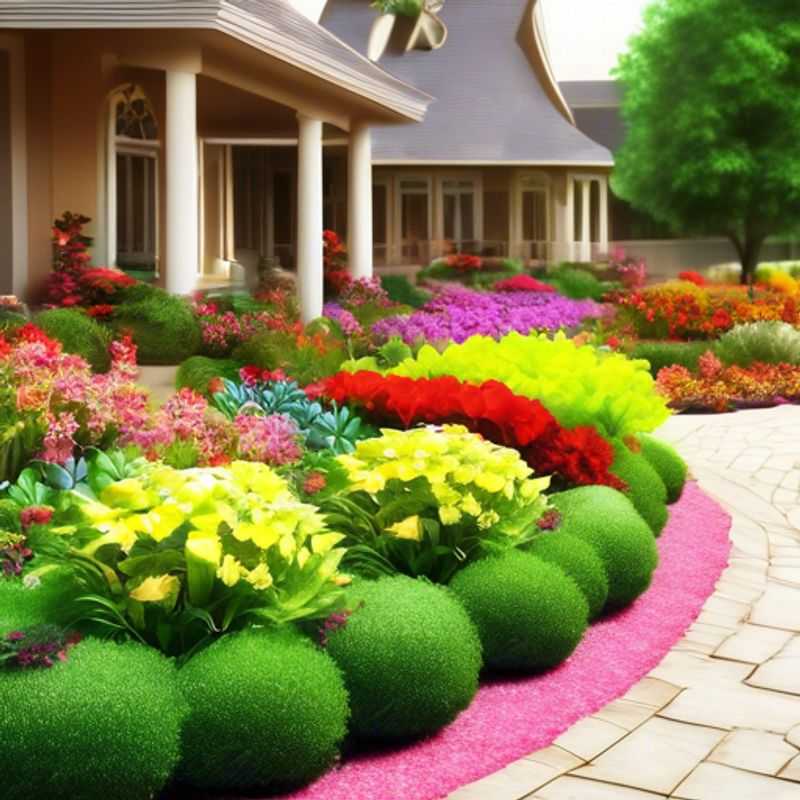
Low-Maintenance, Drought-Resistant Plants: Save Time and Water
Choosing low-maintenance, drought-resistant plants for your landscaping is a smart move that saves you time, money, and water. These plants are naturally adapted to survive with minimal care, even in hot, dry climates. This translates to less watering, fertilizing, and weeding.
Consider these practical tips for choosing and caring for your low-maintenance landscape:
1. Research your climate: Identify the best plants for your specific growing zone and local conditions. Check with your local nursery or extension service for guidance.
2. Select native plants: Native plants are naturally adapted to your region's soil and climate, making them less demanding than exotics.
3. Embrace succulents and grasses: These plants are known for their drought tolerance. Succulents store water in their leaves and stems, while grasses have deep root systems that access moisture.
4. Group plants strategically: Clustering plants with similar water needs reduces the amount of watering required for each.
5. Mulch generously: Mulch conserves moisture and helps suppress weeds. Use organic materials like shredded bark, wood chips, or compost.
6. Water deeply but infrequently: When you do water, focus on soaking the roots thoroughly rather than frequent, shallow watering.
7. Consider a drip irrigation system: This system delivers water directly to plant roots, reducing water waste and evaporation.
While you may need to invest in an initial consultation with a landscaping professional to help choose the right plants and design your landscape, the long-term savings on maintenance and water bills are significant.
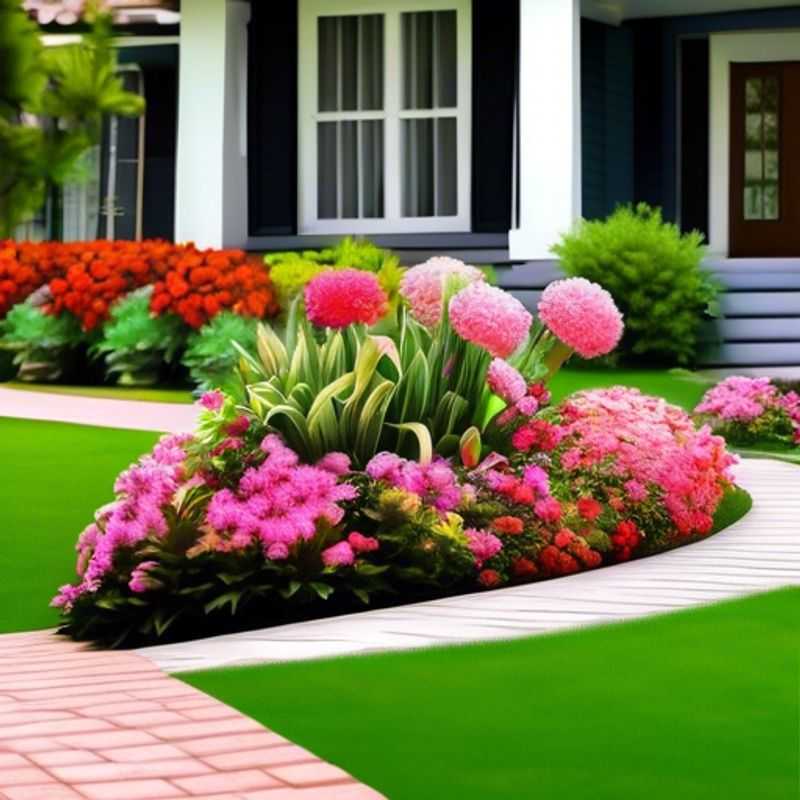
Know Your Yard: Sunlight & Soil Conditions for Successful Planting
Understanding your front yard's sunlight and soil conditions is crucial for successful gardening. Sunlight plays a significant role in plant growth, while soil type determines water retention, nutrient availability, and overall plant health.
To assess sunlight, observe the amount of direct sunlight your yard receives throughout the day. Shady areas receive less than four hours of direct sunlight, partially sunny areas receive four to six hours, and sunny areas receive more than six hours. You can also use a sunlight app to track sunlight patterns throughout the year.
Soil testing is essential to understand your soil's composition. Soil test kits are readily available online and at garden centers. These kits typically analyze pH, nutrients, and organic matter content. For a comprehensive analysis, consider sending a soil sample to a certified lab. Professional soil testing can cost around $20-$50, depending on the lab and analysis type.
Once you have a clear understanding of your yard's sunlight and soil conditions, you can select plants that thrive in those specific environments. Knowing your yard's characteristics can help you create a thriving, sustainable garden while minimizing the need for expensive fertilizers or amendments.
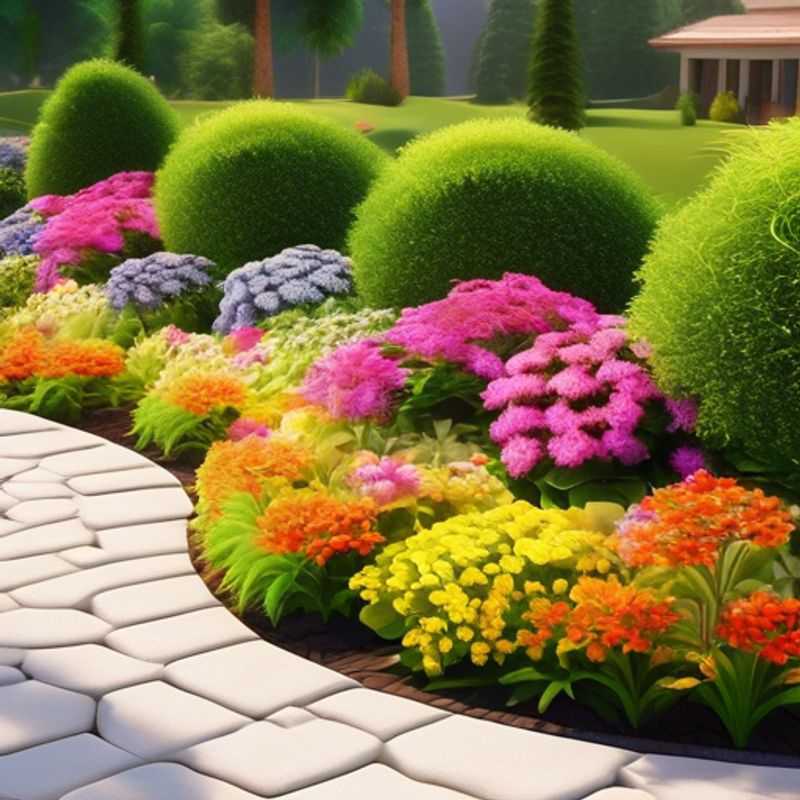
Designing a Dynamic Garden: Choosing Plants with Diverse Heights, Textures, and Bloom Times
When selecting plants, consider mixing plants with different heights, textures, and bloom times for a visually appealing and sustainable garden. This creates a dynamic landscape throughout the year, minimizes bare spots, and reduces the need for frequent watering and fertilization.
Taller plants, like sunflowers, act as natural windbreaks and provide shade to smaller plants. Low-growing plants, like creeping phlox, cover the ground, preventing weed growth and reducing soil erosion. Plants with different textures, such as ferns and grasses, add visual interest and provide habitat for beneficial insects.
Staggering bloom times is essential for continuous color in your garden. For instance, early bloomers like tulips give way to summer-blooming roses and then autumn-blooming chrysanthemums. By planning for staggered blooms, you ensure a constant display of colorful flowers throughout the growing season.
Pay attention to the specific requirements of each plant, such as sunlight exposure, water needs, and soil conditions. By carefully choosing compatible plants, you can create a sustainable and low-maintenance garden that thrives for years to come.
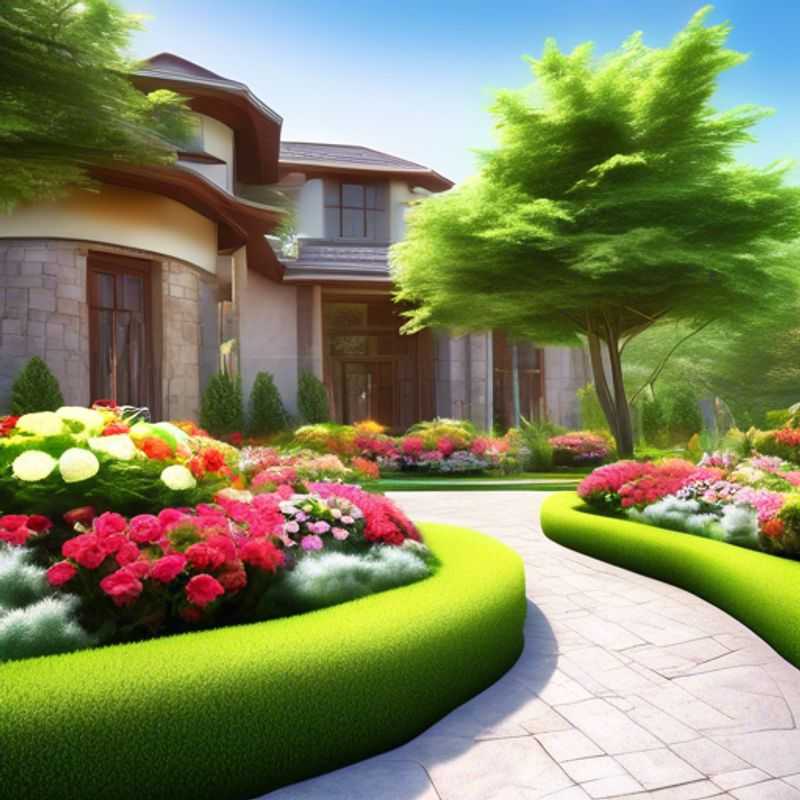
Design for All Seasons: Choosing Year-Round Styles
Planning for seasonal changes and choosing designs that look good year-round is a smart strategy for sustainable and efficient product development. The idea is to create products that are adaptable to different weather conditions and aesthetic preferences, minimizing the need for frequent updates or replacements.
Consider your target audience and their needs. What climates will your product be used in? What are the typical seasonal changes in these regions? Researching these factors will help you design a product that meets these specific needs.
Choose materials and finishes that are durable and weather-resistant. For example, using fabrics that can withstand both summer heat and winter cold, or coatings that protect against UV rays and rain. Investing in high-quality materials upfront can save on long-term costs associated with repairs and replacements.
Think about color palettes and patterns that feel appropriate for different seasons. For instance, a product might feature lighter colors and airy designs for summer, while transitioning to darker tones and warmer textures for fall and winter. This can create a sense of freshness and relevance throughout the year.
Evaluate the product's functionality and adjust as needed. Does the product need to be insulated for winter? Should it be more breathable for summer? Analyzing these functional aspects ensures the product remains useful and comfortable for the intended user throughout the year.
Remember, these are just a few starting points. Thorough market research and testing are crucial for optimizing a product's design for all seasons. It might be necessary to consider different design iterations and gather feedback from target users to ensure a successful and sustainable product.
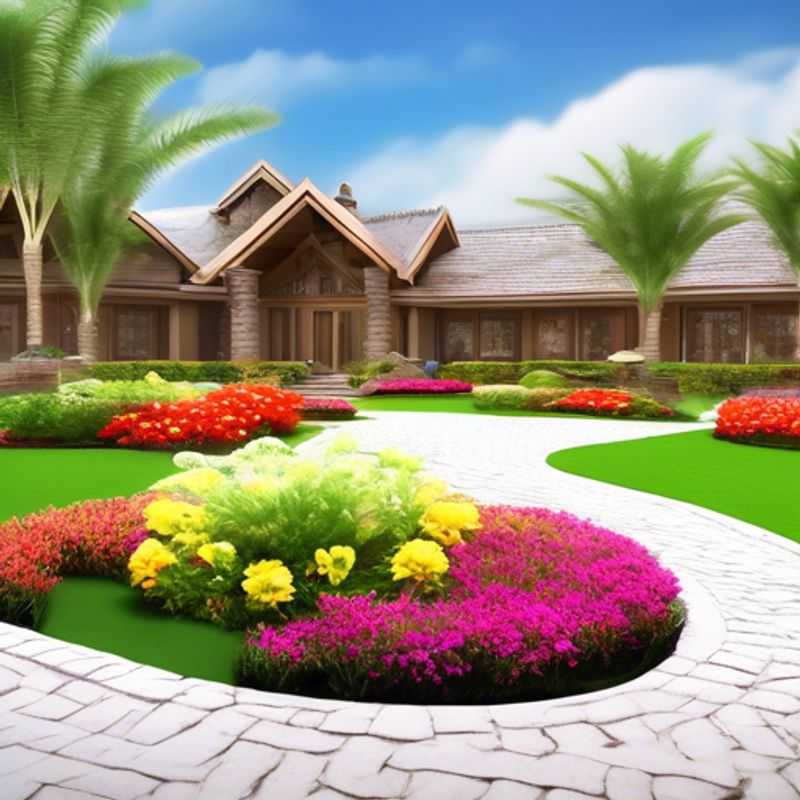
Landscaping Enhancement: Edging, Mulch, and Beyond
Incorporating edging, mulch, and other elements into your landscaping can significantly enhance the overall appearance of your outdoor space. Proper edging defines garden beds and pathways, creating a clean, polished look. Materials like brick, stone, or plastic can be used, and the cost varies from $1 to $15 per linear foot, depending on the material chosen. When planning, consider the installation costs, which may include labor charges if you hire professionals.
Mulch serves not only as an aesthetic element but also as a functional one, helping to retain soil moisture, suppress weeds, and regulate soil temperature. Organic mulches, such as wood chips or bark, typically range from $20 to $50 per cubic yard, while inorganic options like gravel can cost between $30 and $70 per cubic yard. Remember to factor in delivery fees and installation costs if you opt for professional services.
Additionally, consider incorporating features like decorative stones, flower beds, or garden ornaments to further enhance visual appeal. The costs for these elements can vary widely; for example, decorative stones may cost $5 to $20 per bag, while garden ornaments can range from $10 to several hundred dollars, depending on size and material. Always account for maintenance expenses in your budget, as well, to keep your landscape looking its best.
By carefully choosing and incorporating these elements, you can create a beautiful, well-maintained outdoor space that enhances your property's value and enjoyment.
